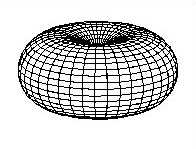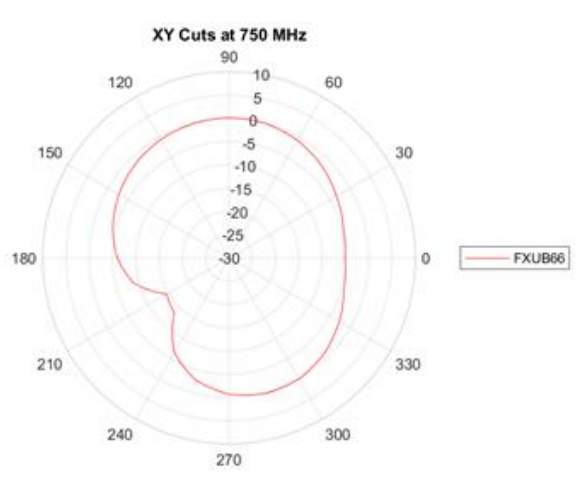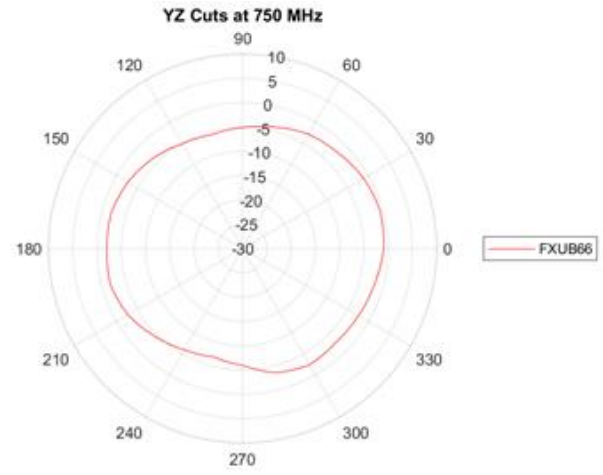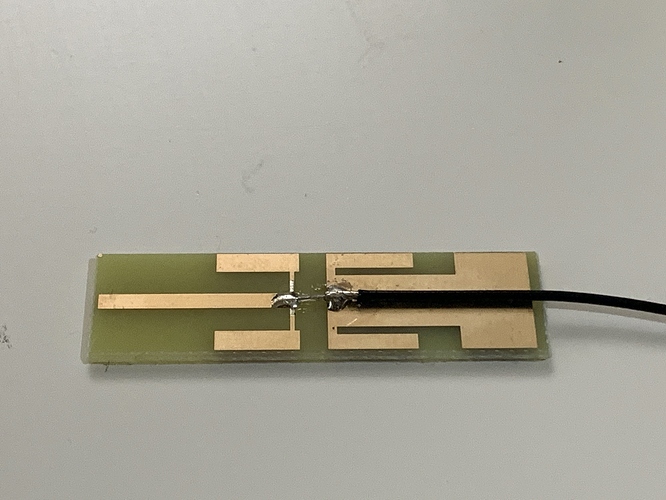Here's a good high level discussion on Clear Connect. The band regulated and is not a free for all like 2.4 GHz. See page 5 for an overview of the FCC regulation.
https://www.lutron.com/TechnicalDocumentLibrary/Clear_Connect_Technology_whitepaper.pdf
No, it's all licensed spectrum in that band, with separate frequencies. And all required to be low power and low channel occupancy (i.e., short bursts).
The C5 and C7 have the antennas under the HE logo. I have my C5 on its side edge, and I think the radiation pattern is like a big donut, with the hub in the center hole of the donut.
Someone who knows RF please correct me, I'm dying to know...
This is a similar antenna to what I saw inside


Donuts!!!!!!!!!!!!!!!!!!!!!!!!!!!!!!!!!!
Dipole antennas have a donut-shaped radiation pattern. What you've pictured is called a stripline antenna--these devices can be engineered to have highly directional cones, multiple lobes, or quasi-uniform distributions. I haven't looked at microwave engineering in many years (the name is a misnomer--also applies to RF problems), so I can't intuit how the antenna you've pictured will behave. I do think a reasonable assumption would be that someone did their homework and used an antenna with a quasi-spherical radiation pattern.
I'm sure the HE staff are well away of the pattern, but in the many threads about positioning of the hub and antennas, I've not seen a staff reply, at all
Possibly it's something like the Taoglas ultra-wideband antenna, which is specified for use between 700 MHz - 6 GHz. Gain for this antenna is about the same for both 900 MHz and 2.4 GHz, so multiplexing the outputs from the Z-wave radio and Zigbee radio to use the same antenna would certainly be possible without a lot of extra filters and/or amplifiers on the two channels. The measured radiation pattern can be seen in the data sheet, pages 10-17. At a bit more than $5 USD each, this seems like a possible candidate...
That's an omnidirectional antenna, so those radiation patterns are only in the equatorial direction. In the polar direction, it has much less energy. (note eppower's correction below)

dont think that is it. unless it has two antennae as it would not work well directly above and below it and i do have an extgender above it and below it in basement and upstairs tand they seem to work fine..
Flip that--the omnidirectional stripline antennas have nearly uniform distributions in all directions. The toroid you show is applicable to a simple dipole (single straight wire) antenna. If you look at the three cuts below for the Taoglas antenna (in plane, out of plane phi=0, and out of plane phi=90) you see that all are roughly the same.
Summary



The in-plane distribution has more assymetry than both OOP slices, but all are generally within a few dB +/- of the (arbitrary) 0dB baseline. Overall, not bad for a $5 device.
Just on the topic of general C7 reliability - I'm working mine pretty hard (I think) running a Z-wave network + a Zigbee network + a Hue Hub + Apple Homekit (via Maker API) for almost a 100 managed devices in total (inc 20 Virtual Devices). Im also running a combined total of 247 Apps (of which 87 are Automation Rules of one type or another).
Anyhoo, what I was getting at was that I noticed after about 3-4 days some automation would not work 100%. I solved this by implementing a Weekly Hub Reboot, and a daily Hubitat Service Restart for the other 6 days, using "Hubitat Controller" + RM to automate it.
This has resulted in my C7 being rock solid and fast. I still get the occasional z-wave niggle, but these are fairly rare now.
Are you saying there is only one (1) antenna for both Zwave & Zigbee???
Hmmm.........
You can have a 2 element antenna with each segment optimised for a specific frequency.
eg, this one has both 2.4 Ghz and 5 Ghz antennas.
PS, these 2 antennas arent connected, the left antenna uses the inner wire and the right antenna uses the outer wire.
Yup, it just requires mux circuits for combining/splitting the frequencies on the antenna feed wire. What I'd love to see is external antennas, 1 for each radio. Choices for directional vs omni antennas, depending on need, would make me very happy.
Thanks for the correction.
The Zigbee and Z—Wave radios have separate antennas.
Yes: sure looks like separate antennas. See page three of this fcc document:
https://fccid.io/2AHYK-1909C7/Internal-Photos/Internal-Photo-4552472
I have out of curiosity wanted to swap out those antennas for some that have higher gain. And while I was in there add a heatsink to the processor.
Theoretically Wink has a better set of antenna. I have one here to use as a reference.
Once I get the C7 up and running, maybe I will experiment with the C5 a bit.
You do, of course, realize that this would violate paragraph 1.b. of the Terms of Service:
b. Hubitat shall provide Customer with a Hub for personal use only. Customer shall be solely responsible for installation of the Hub, and for any and all costs associated therewith. Customer acknowledges and agrees that Customer shall not take apart, remove any portion, reverse engineer or otherwise tamper with or destroy the Hub. Hubitat shall not be liable for any damage or losses arising from defective installation of the Hub.
I have a Wink 2 hub that makes a good bookend.
Lol, lawyers! here in Australia once you buy CE it's yours and you can do what you like with it. Modchips, hacking the software & hardware is all legal. Companies are expressly forbidden by law from trying to take away consumer rights via "terms of service" or EULA's etc.
Sure you would void your warranty on the HW by modding it, that that's it.


